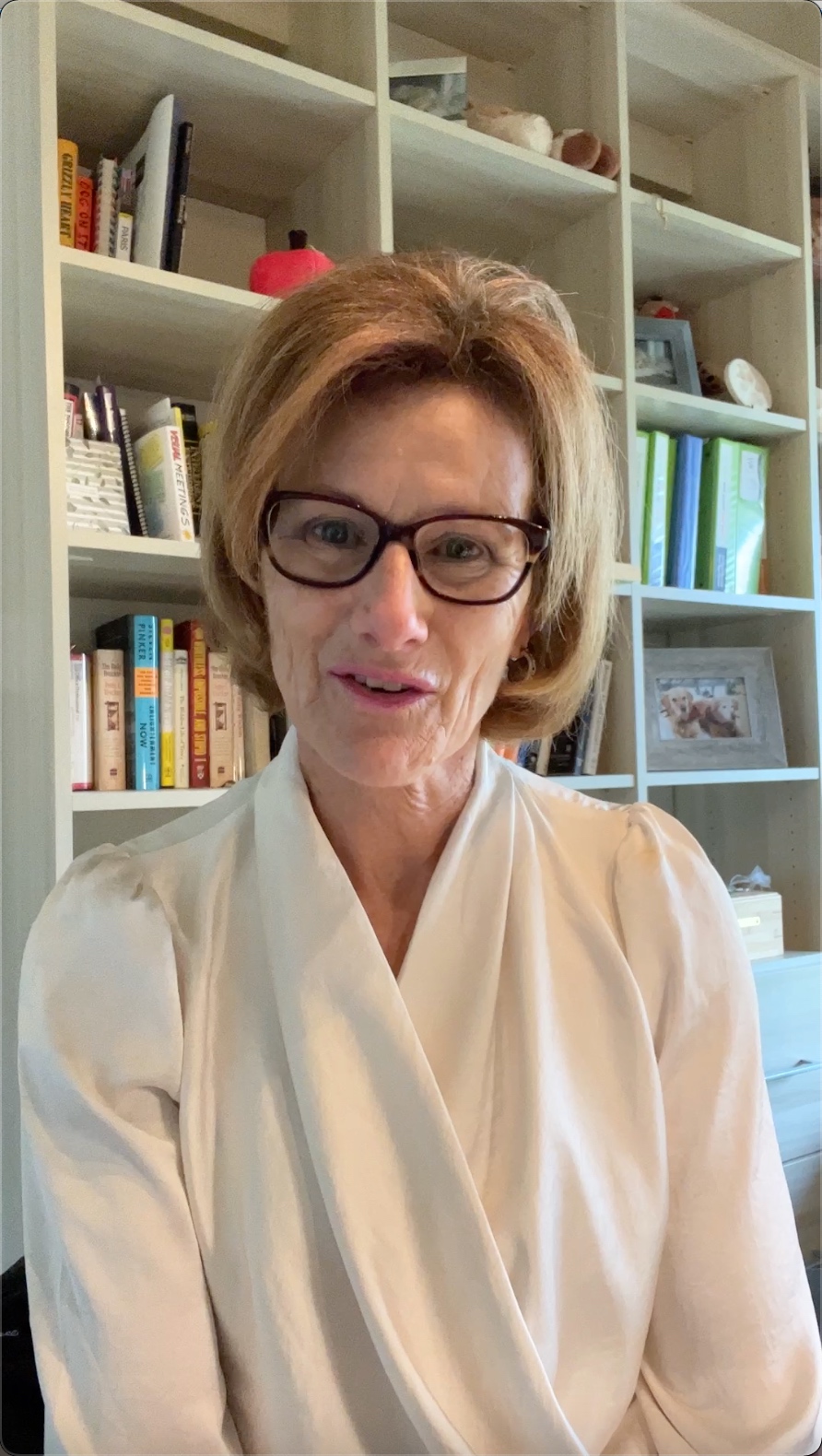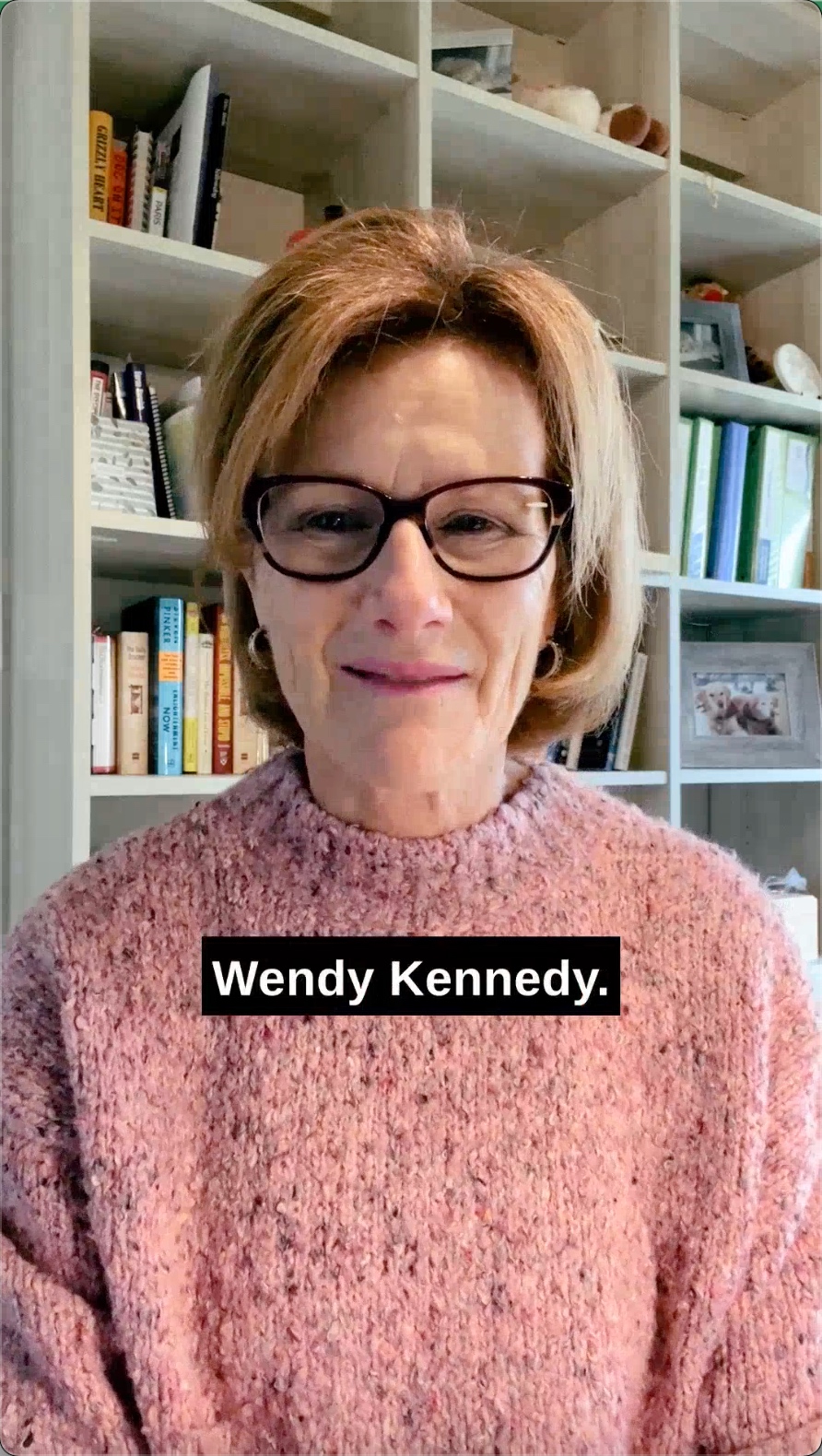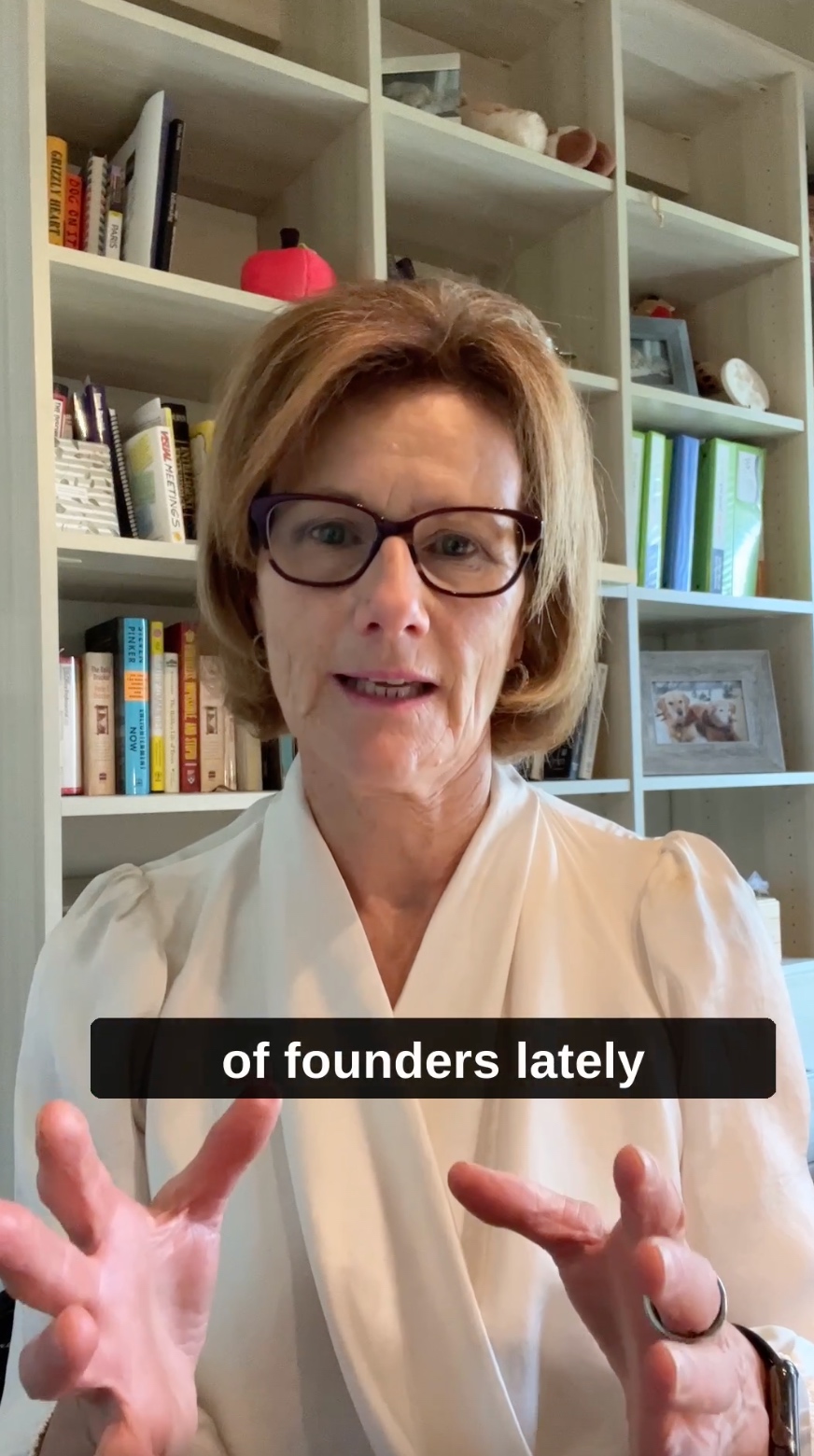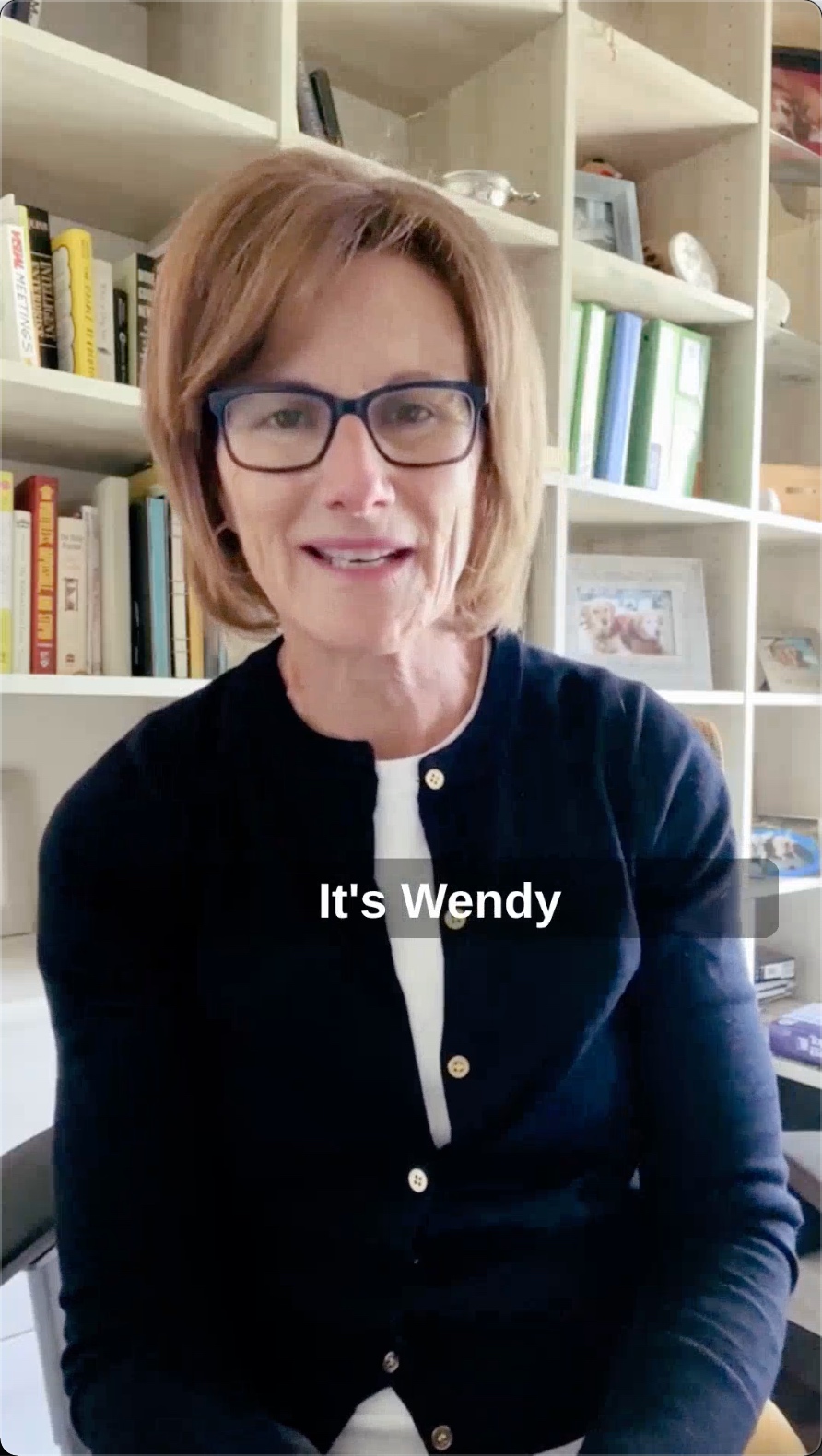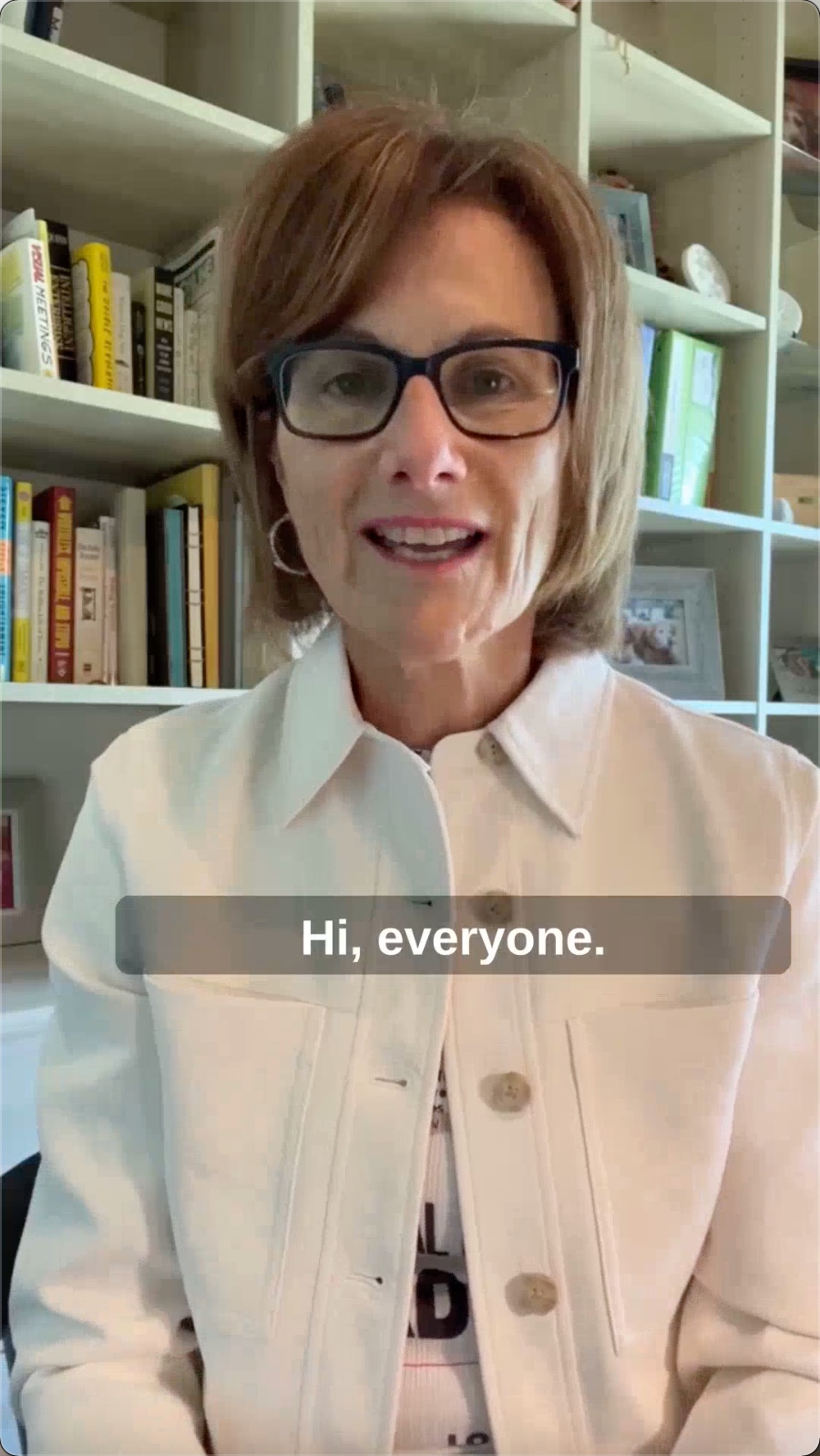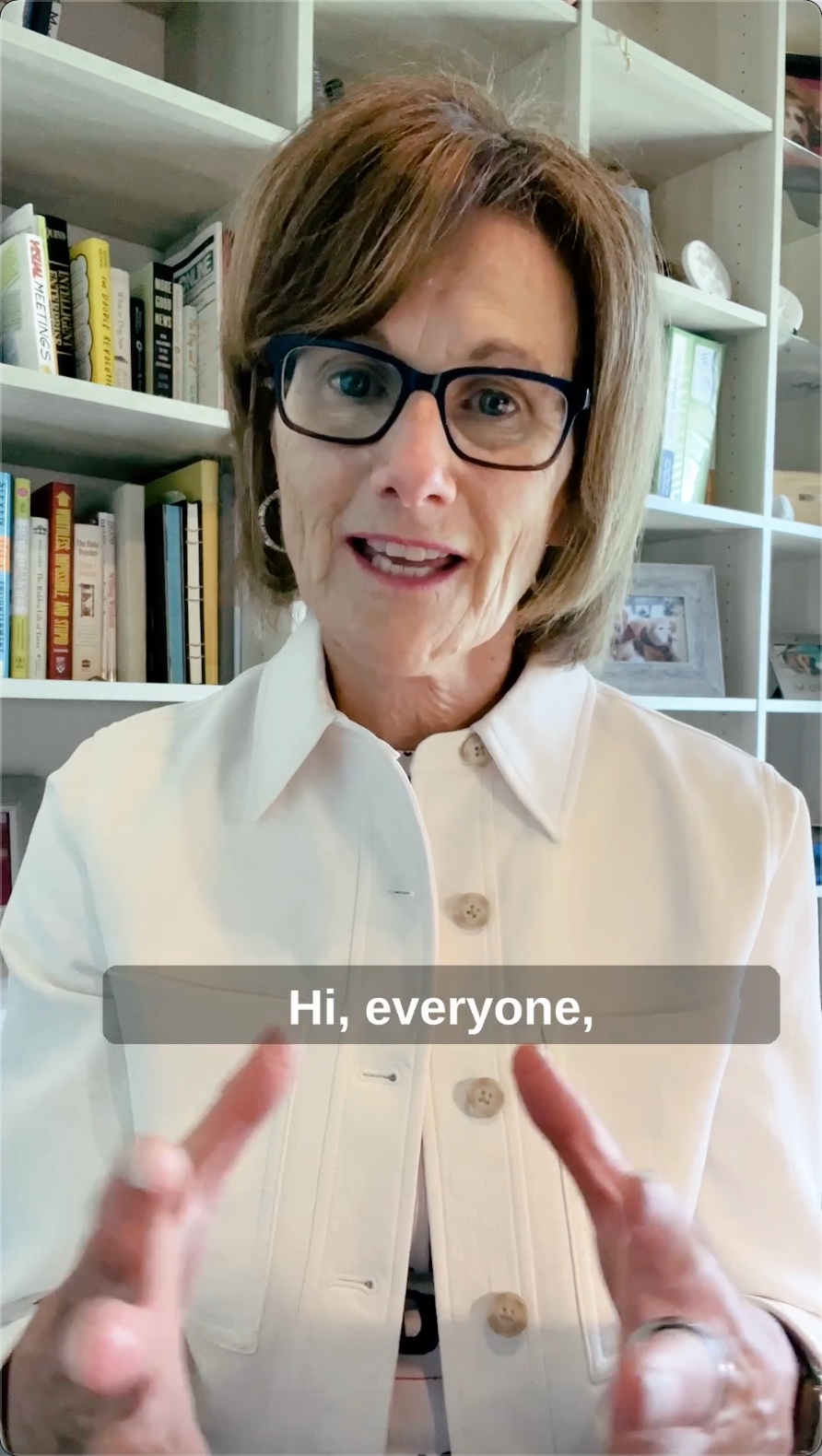A few days ago I had the great fortune to connect with an old friend – it had been 10 years since we’d spoken – you see, this friend was 10 years old at the time and lived in my neighborhood. Every day we’d walk our dogs together and talk about life, mostly through the eyes of a 10 year old – he was thoughtful, forward looking and inquisitive about the world – qualities we all cherish in great friends. For me, these walks were great diversions from my book writing adventure – I was knee deep writing the first edition of So what? who cares? why you? and even the UPS driver became a welcomed visitor for conversation!
Ten years later, and here where are – now 20, my friend has just graduated with a degree in nanotechnology and is working on a new idea with two class mates. The idea is based on a proprietary synthesis process that creates a unique optical fingerprint for use in security and counterfeiting environments. Like most early stage ideas, it’s…. well, it’s early – and so moving the idea forward is fluid and formative – which makes perfect timing for us to reconnect.
Our conversation focused on many of the traditional early stage idea topics that come up in those initial coffee shop conversations – it was a great reminder to me that no matter how advanced the science and technology gets, the value fundamentals still remain the same. And, for scientists and engineers with new ideas, you need to reinforce these value fundamentals every chance you get! At this stage, it’s not about ownership structures, learning how to pitch, or worse, raising money – there will be time for these discussions later – to begin, it’s about the value of the idea. This fundamental starting point should not be glossed over by any of us – because if it is, we do a disservice to the idea itself and we might even dismiss the idea too quickly….we can help innovators to look at their ideas through a different lens if we focus on the fundamentals. After all, they are domain experts not businesspeople and our goal should be to equip them to engage people outside their domain in a conversation about why their idea matters and creates value for others – full stop – that’s the goal.
Here are the 3 value fundamentals I like to begin every conversation with when talking with an innovator – I bet they’ll work for you, too:
First – Plug in to the Idea
I love first meetings with founders of new ideas – by founders I mean researchers, engineers, scientists, physicians, or any other innovator who has “founded” a new thing. I believe it’s necessary and vital to the success of the idea that we respect the effort and expertise that has been invested to create this new idea. And I also believe that by focusing on the idea first before anything else, we uncover valuable insights that even the most savvy of domain experts might have overlooked. So, for this reason, the first fundamental is to “plug in to the idea”. Another reason this is important, is that it signals to the idea founder that the idea is at the center of the conversation – we want to shine the light on the special characteristics, attributes and user setting where the idea creates value. I know this sounds obvious, but it’s not. Often the conversation gets going back and forth and before you know it, you’re volleying three or four different themes and discussion points. Remember, scientists and engineers don’t speak the language of business and so, to navigate these discussions, you need to keep a tight grip on the reins. If you do this right, this will be a science or technology conversation, but that’s just the point. It is about the idea – and remember, we need to plug in to the effort and expertise that is inherent in discovering that idea.
Let the idea breathe here for a while and allow the founder to ease in to describing it. Listen for visual words, symbols, highlights, and key attributes that capture your attention. Let the conversation flow as you jot things down, circle big ideas, and then, when the time is right, move to the second fundamental.
Second – Draw the Big Picture
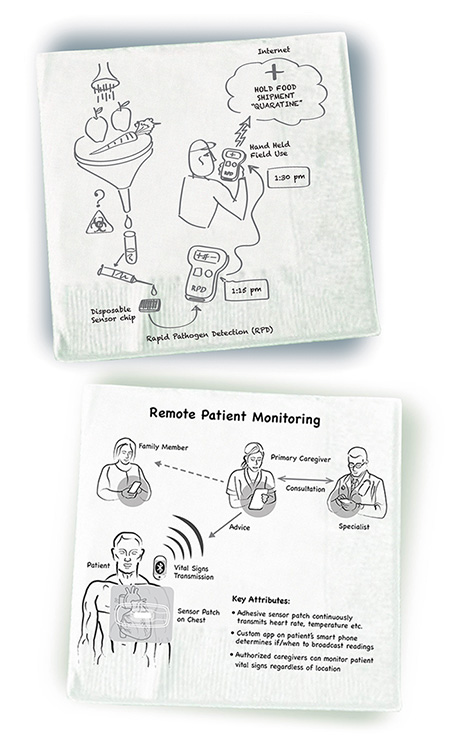 There’s nothing better than a cocktail napkin! This is without a doubt one of the most popular tools in the So what? who cares? why you? methodology. And of course, this is the first tool we ask people to draft. Napkins are a casual, unintimidating way to ask people to describe something – ‘just sketch it out on a napkin’. This is a big step for an innovator who is accustom to drawing technical schematics and scientific diagrams, so here are a few tips to get them started. Ask them to contemplate how the idea might fit into the context of the real world – outside the lab. Encourage them to draw visual images, use people, directional arrows, and other visual markers to show the idea in action. The key here is to take a “let’s try it” approach and coach the innovator through the process. What you’re looking to achieve is a simple, straightforward drawing that someone like your next-door neighbor could understand, assuming your neighbor is not a domain expert.
There’s nothing better than a cocktail napkin! This is without a doubt one of the most popular tools in the So what? who cares? why you? methodology. And of course, this is the first tool we ask people to draft. Napkins are a casual, unintimidating way to ask people to describe something – ‘just sketch it out on a napkin’. This is a big step for an innovator who is accustom to drawing technical schematics and scientific diagrams, so here are a few tips to get them started. Ask them to contemplate how the idea might fit into the context of the real world – outside the lab. Encourage them to draw visual images, use people, directional arrows, and other visual markers to show the idea in action. The key here is to take a “let’s try it” approach and coach the innovator through the process. What you’re looking to achieve is a simple, straightforward drawing that someone like your next-door neighbor could understand, assuming your neighbor is not a domain expert.
Third – Why Does This Idea Matter?
In the first meeting, the final item I want to understand is why does this new idea matter? How is the problem being solved today before this new idea came along and why is it necessary to solve it in a different way using this new idea? I like to drill down into this topic and give the idea founder some things to mull over – such as:
- What are the 2-3 unique attributes of your idea?
- What performance advantages or gains are achieved with your idea?
- Can other existing approaches duplicate these advantages?
- Have you engaged with any potential customers?
- Does this idea complement or displace existing approaches?
- Do you have any proof points to validate these claims?
We will come back to these questions several times in future, but for now, I want to introduce these topics into the value equation. Beyond the innovator have deep domain knowledge, does the idea itself have teeth? Is there something to suggest that moving an idea like this forward would deliver advantages to customers. At this stage I’m looking for beacons of hope, not irrefutable evidence. With some luck and good timing on their side, could this idea become an opportunity?
In the weeks ahead, I’ll be working with this friend to support his team as they discover the value fundamentals of their idea. We’ll be using the So what? who cares? why you? methodology to do this, so watch for more blog posts as I reflect on lessons learned from our journey together. I’m keen to roll up my sleeves because I believe he’s got the right DNA to bring ideas to life — and it’s not really about this single idea for me — it’s about what he’ll do next and beyond that. This is another important lesson for all of us who nurture innovators with ideas – it delivers a return on investment well beyond one single idea. Look for coachable moments with innovators.
Finally, always remember… ideas, like seeds, need to be cultivated if they are to grow – and the best person to cultivate an idea at the early stages is the founder of that idea.

